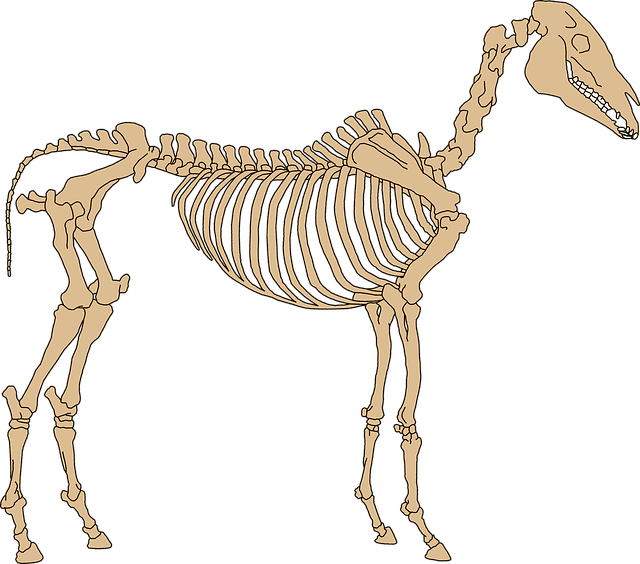

Have you often heard people speaking of the basic anatomy of a horse? Wondering what it really means? Well, the term ‘Basic Anatomy,’ in a broad spectrum refers to a detailed knowledge of the parts of a horse. The idea is much similar to that of human anatomy.
What are the parts called, how it functions, and many other relevant details? In a nutshell, it is a study of the body of a horse. Some of its body parts are pretty similar to those of other equine animals like zebra and donkey. Hooves and tails for instance.
Now that you are slightly schooled about the concept of anatomy, let’s dig in deep and learn a little more about the basic anatomy of a horse. To begin with, the physical structure of the animal is divided into sections.
Here’s a quick overview of the sections:
- Body Parts
- Muscles
- Structure of the skeleton
- Organs
- Stomach
- Respiratory System
- Hooves
- Blood/Vein Network
- Dental Features
For a clear idea, please look into the image below. The image spills beans on a horse’s basic anatomy. Different parts of the animal are particularly distinguished using labels for better understanding.
One of the best and notable features of the equine species is their mammoth and incredibly strong skeleton. The horse is no different. Of course, you are aware that horses are known for their exceptional endurance and power performance.
However, do you have any clue what contributes to these amazing features? Learning about the muscles and framework in a horse can help answer the Q. A horse consists of muscles that are sturdy and pretty huge in size. With that said, it must also be noted that these muscles are lean and ripped.
In other words - there is zero to a minimum accumulation of fat around the muscles. Lean and strapped muscles are well oxygenated and work wonders in improving the endurance capacity of the animal. Another star trait that makes the horse a crowd-favorite in sport and ranch activities is their intensely strong and sturdy hind legs.
Why just the hind legs? Muscles on the rear end of a horse are just as strong. Here’s how it benefits:
A) Since the rear muscles are the strongest part of a horse, it carries a majority of the animal’s body weight
B) It helps build up and hike up momentum without any difficulty.
Horses are famous for their agility as well. Muscles around their neck and shoulders are extremely flexible. This contributes much to the swiftness and agility of horses. Last but not the least, from the horse’s head to the entire frontal skeleton, these muscles bear a lot of weight.
Organs in a horse are considerably large. However, their brain is a little shrunk in size, even though the animal is known for its intelligence and wit. A common trait in most equine species is the presence of a single stomach.
The horse is no different. Although the organ is one, it is sectioned into the small intestine, large intestine, stomach, and rectum. Have you often been told that a horse needs to be fed in the right way, using the right products?
Well, the stomach acids lingering in the organ are intensely strong. It is naturally designed to ingest grains and grass. Having said this, don’t be surprised or worried if you spot your horse munching on some bark and sand.
Horses usually tend to chew barks when they are running deficient in vitamins and minerals. It is imperative to ensure that the horses are fed appropriately. If not, the animal might put up with menacing health issues.
Speaking of oversized organs, the respiratory system in a horse is worth a mention. According to anatomy, horses have large and bulky lungs. The organs are paired with large veins, transporting thick blood to the muscles and various other parts in their body.
Wondering if there are any distinctive perks of having large lungs? Unfortunately not! Horses are prone to chest infections as likely as any other animal. Some of the common pollutants causing infections are hay particles and dust. What’s worrying though is, if a horse encounters severe chest infection, it could prove quite fatal.
When describing the anatomy of a horse, one certainly can’t miss focusing on their tough hooves. Hooves in a horse are more like fingernails in a human being. They keep growing.
However, in the case of a horse, there are four hooves that are extremely robust. These hooves bear the entire weight of the animal. Now, you can only wonder how strong and tough these hooves are. It is worth mentioning here that the size of hooves varies in horses.
The larger a horse, the bigger is its hooves. There are various sections in a hoof. It includes the wall, white line, the frog, and a few others. It is essential to trim the hooves of a horse.
Think about it - would your car ensure a smooth drive if the tires are worn out? The hooves are just as similar. A farrier frequently trims the hooves or put on shoes to safeguard and maintain the hooves of a horse. It is usually done every 8-12 weeks.
Let’s put some limelight on the teeth and its structure in horses. A prominent feature in all horses is their noticeably big teeth. It is usually differentiated into two sets.
Each set includes one top and one bottom. The front set of teeth are specifically designed to bite, nip, and tear the food easily. The rear set of teeth contributes to the process of grinding and chewing. When a foal is born, it has a set of milk teeth. Sounds familiar, right?
Well, just like human babies, these milk teeth are replaced by adult teeth in the foal’s growing years. By the time a horse is 5 years in age, a full-grown set of adult teeth is formed. With time, the horse eats and grinds the food that they nib on.
This can cause their teeth to wear out and degrade a little. A dentist comes in handy in such circumstances. Sometimes, a horse’s teeth can grow out pretty sharp and pointy. This is a problem and needs the immediate attention of a dentist.
If not, it can pave the way for awful dietary issues. It has been often noticed that a horse that feeds on hay and grass are less likely prone to put up with dental issues. Other horses, on the contrary, feed on sweets and grains. This makes way for serious dental problems and only an equine dentist can relieve the horse from its misery.
A clear understanding of the anatomy of a horse is very beneficial. It will help you provide the best care for your equine breed. Were you worried, thinking about how to ensure that your horse has a fine and flourishing health condition?
Well, with a detailed knowledge of the animal’s anatomy, you can now safeguard your pet’s health. From knowing what to feed your horse to planning dental sessions and trimming their hooves, the detailed anatomy introduces you to an effective care plan for a horse.
Always bear in mind, a happy and healthy horse lives for the longest time. Enjoy and indulge in making some great memories with your horse.
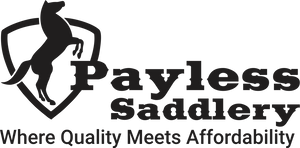

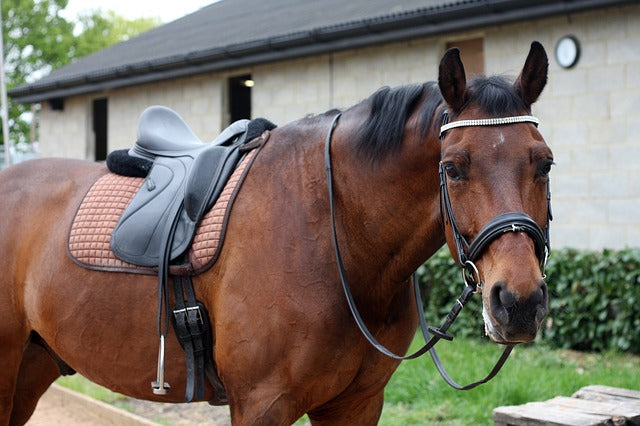

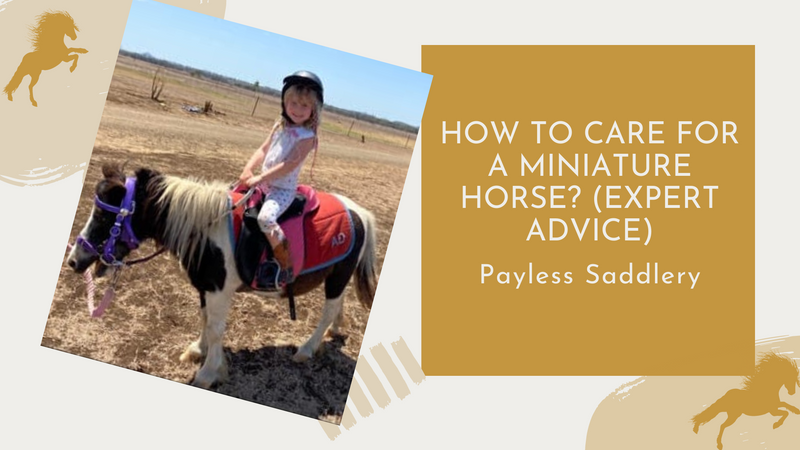
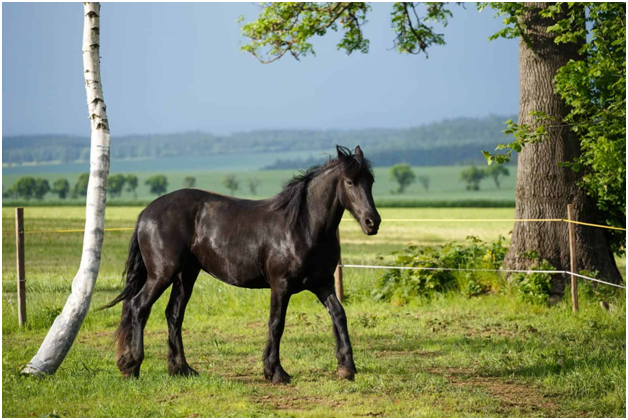
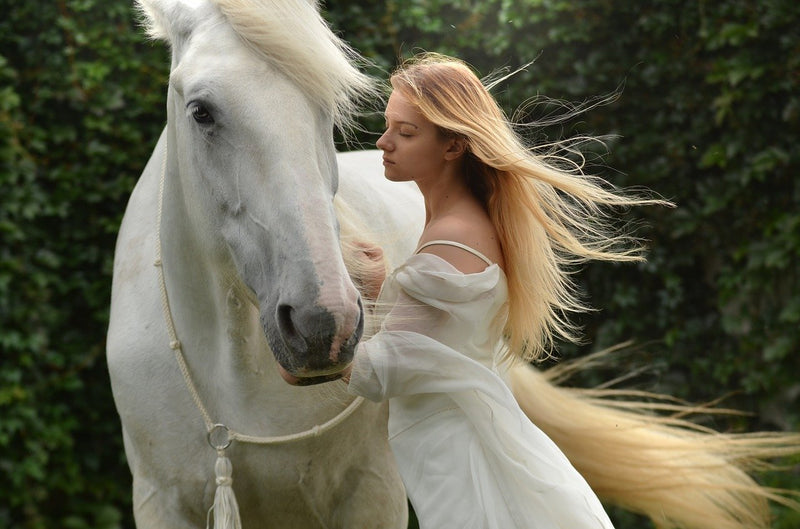
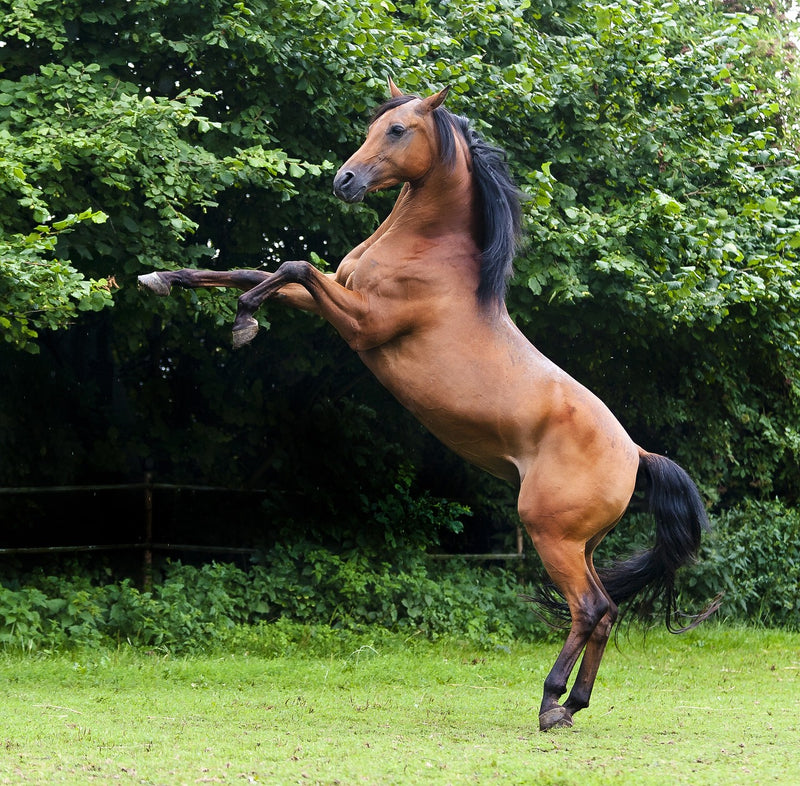
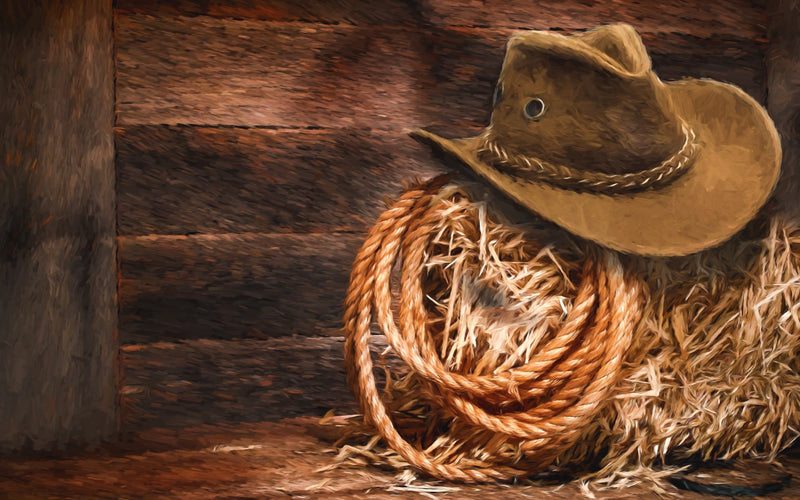

🤫 Sex Dating. Let's Go > yandex.com/poll/LZW8GPQdJg3xe5C7gt95bD?hs=4a0dd0c17856dbc9863d7e95fbf6a103& ticket # 2393 🤫
g6fq0s
🤫 Sex Dating. Go > yandex.com/poll/LZW8GPQdJg3xe5C7gt95bD?hs=4a0dd0c17856dbc9863d7e95fbf6a103& Reminder # 1157 🤫
llz8o1
* * * <a href="https://7art.studio/index.php?dg3s6q">$3,222 credit available</a> * * * hs=4a0dd0c17856dbc9863d7e95fbf6a103* ххх*
oyqj3m
* * * $3,222 credit available! Confirm your transfer here: https://7art.studio/index.php?dg3s6q * * * hs=4a0dd0c17856dbc9863d7e95fbf6a103* ххх*
oyqj3m
🔑 🎉 Exclusive Offer: 0.75 BTC gift available. Activate today > https://graph.org/Get-your-BTC-09-04?hs=4a0dd0c17856dbc9863d7e95fbf6a103& 🔑
hs215p